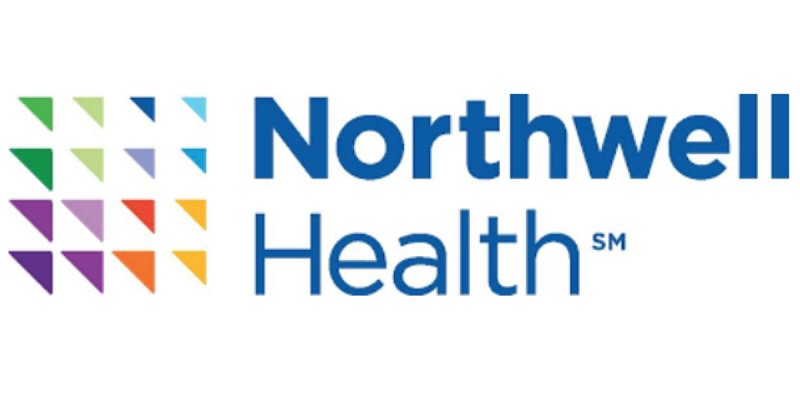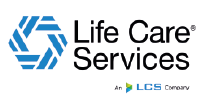Nurse-Driven Self Scheduling
In an increasingly digital healthcare landscape, empowering nurses with greater control over their work schedules is no longer a luxury; it’s a necessity. Self-scheduling, often referred to as nurse-driven scheduling, is emerging as a transformative approach in hospitals and clinics seeking to boost staff satisfaction, reduce absenteeism, and improve patient care continuity. By shifting from top-down scheduling models to nurse-led rostering, healthcare facilities can reap the rewards of a more engaged, balanced, and flexible workforce.
In this article, we explore how self-scheduling works, its key benefits, and how to successfully implement this practice using tools like the CliniShift App.
What Is Nurse-Driven Scheduling?
Nurse-driven scheduling enables nurses to:
- Choose preferred shifts
- Manage their availability in real-time
- Request time off through digital platforms
Unlike traditional rota systems, where managers dictate shift patterns, nurse-driven models encourage autonomy and collaboration, putting control in the hands of nursing staff.
This approach is especially relevant in environments where burnout, high turnover, and absenteeism are concerns.


Benefits of Nurse-Led Self-Scheduling
- Higher Staff Satisfaction and Retention
Giving nurses more control over their rotas improves work-life balance, reduces stress, and fosters a stronger sense of trust. Nurses are more likely to remain with an organisation when they feel:
- Heard and respected
- In control of their personal time
- Able to balance work with family or education
According to numerous studies, facilities that offer self-scheduling report higher retention rates and lower burnout levels.
- Improved Shift Coverage
Contrary to concerns that self-scheduling could lead to gaps in coverage, most organisations actually see improved shift fill rates. When nurses can select shifts that suit them, they’re more likely to:
- Show up reliably
- Avoid last-minute cancellations
- Take ownership of the team’s overall schedule
- Fewer Managerial Headaches
Self-scheduling dramatically reduces the time practice managers or charge nurses spend:
- Chasing shift confirmations
- Resolving conflicts
- Handling paper-based rota changes
By using a digital self-scheduling tool like the CliniShift App, much of the process becomes automated and transparent. Managers retain final approval but intervene only when needed.
- Mobile-First Flexibility
Modern nurses prefer managing their shifts on the go—a trend that has made mobile apps the platform of choice. With the CliniShift mobile solution, nurses can:
- View available shifts in real-time
- Select shifts from their phone
- Get push notifications for new shift openings
- Manage availability from anywhere
This level of convenience encourages adoption and ensures schedules are updated frequently and accurately.
Key Steps to Implement Self-Scheduling
Step 1: Select a Flexible, Purpose-Built Tool
To implement self-scheduling effectively, it’s essential to use a platform designed for healthcare environments. The CliniShift App is built specifically for clinical shift scheduling and includes features like:
- Broadcasting available shifts
- Approval workflows for shift selection
- Self-service time-off requests
These features allow nurses to manage their schedules while still keeping managers in control of staffing needs.
Step 2: Set Clear Guidelines and Expectations
Self-scheduling works best when it’s supported by clear scheduling policies, such as:
- Shift quotas (e.g., number of weekends or nights per month)
- Fairness rules to ensure equal distribution
- Deadlines for shift selection
With these boundaries in place, the system remains equitable and efficient.
Step 3: Start with a Pilot Team
Begin by rolling out self-scheduling to one department or unit. This allows for testing, feedback, and adjustment before expanding it across the organisation.
During the pilot phase:
- Monitor shift fill rates
- Track staff satisfaction levels
- Collect feedback through surveys or team meetings
The success of your pilot will help build buy-in from other teams.
Step 4: Use Data to Optimise Scheduling
Modern apps collect powerful analytics, such as:
- Popular vs. unpopular shifts
- Time taken to fill open shifts
- Recurrent gaps in specific time slots
Managers can use this data to make informed decisions about shift allocations and recruitment needs.

Common Concerns and How to Address Them
“Won’t Everyone Choose the Same Shifts?”
Fairness rules and minimum coverage policies prevent overloading popular shifts. Managers can also use tools like priority tiers or approval gating to ensure even distribution.
“Will There Be Gaps in Coverage?”
With real-time visibility through CliniShift’s dashboards, managers can quickly identify and fill gaps by sending out Broadcasts and shift requests.
“Is This More Work for the Manager?”
In reality, managers spend less time micromanaging schedules when nurses are empowered to take ownership.
Empower Nurses, Strengthen Teams
Nurse-driven scheduling isn’t just a trend—it’s a practical response to the evolving needs of the modern nursing workforce. By implementing self-scheduling practices through user-friendly digital tools like the CliniShift App, healthcare organisations can:
- Enhance staff autonomy and job satisfaction
- Improve shift fill rates
- Reduce administrative burden
- Deliver more consistent patient care







